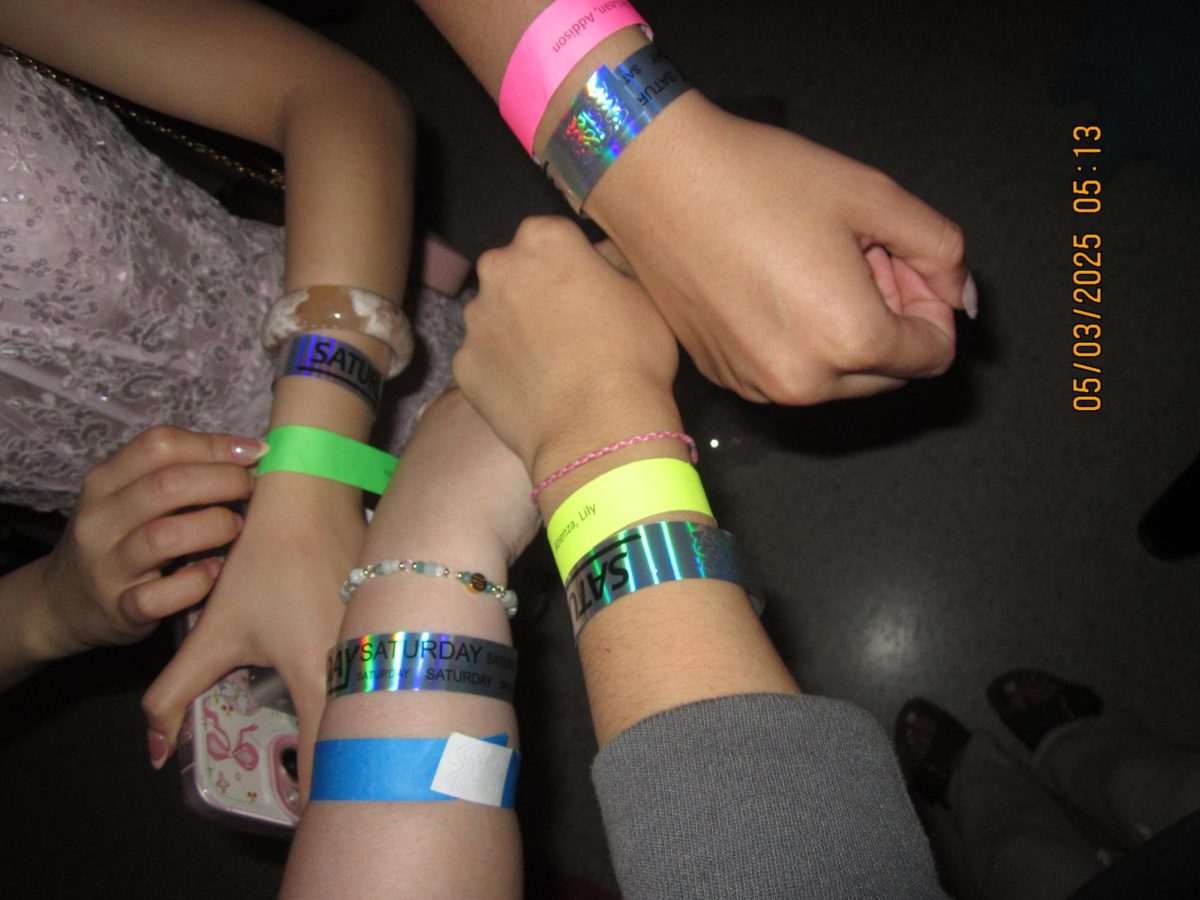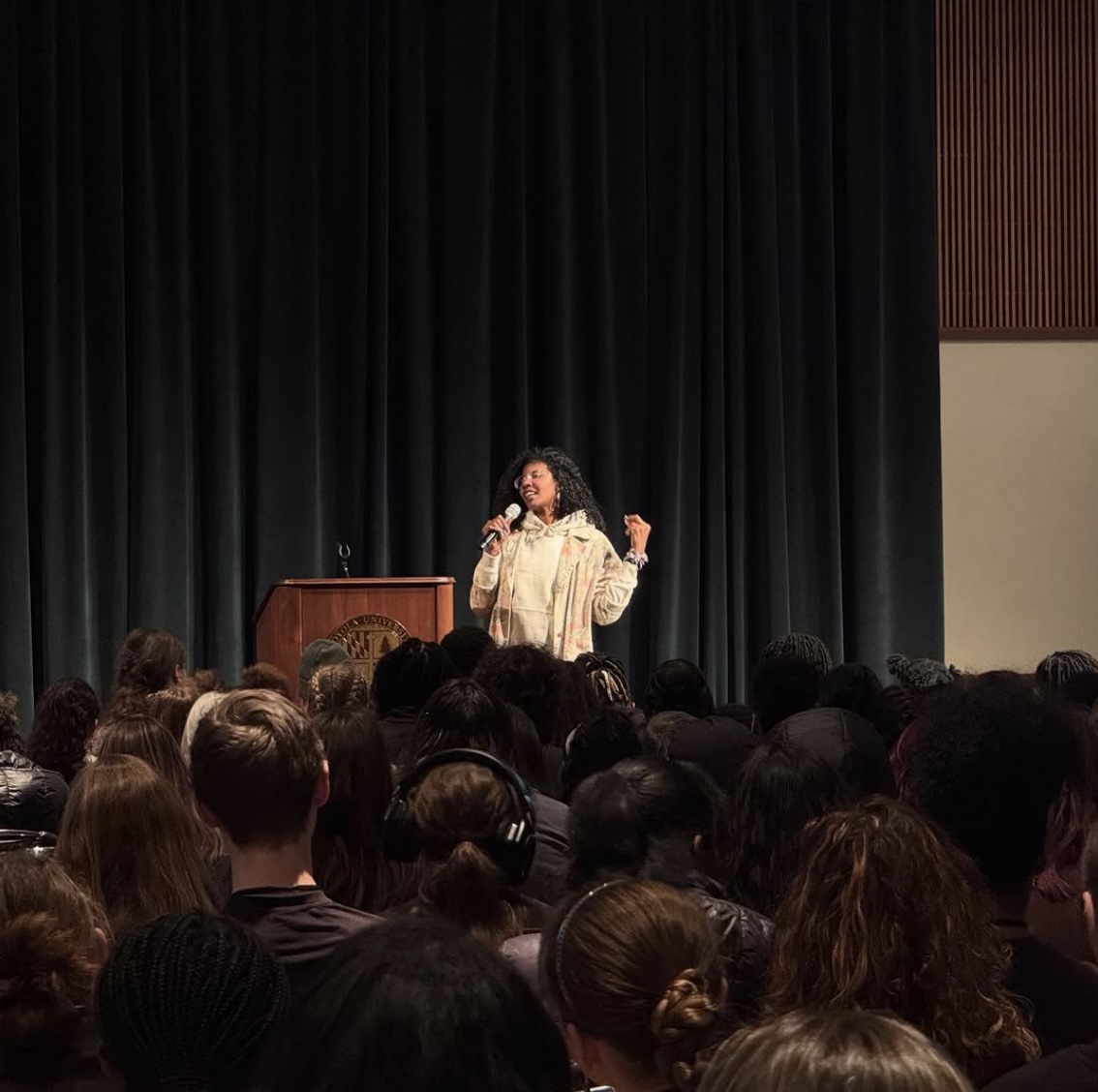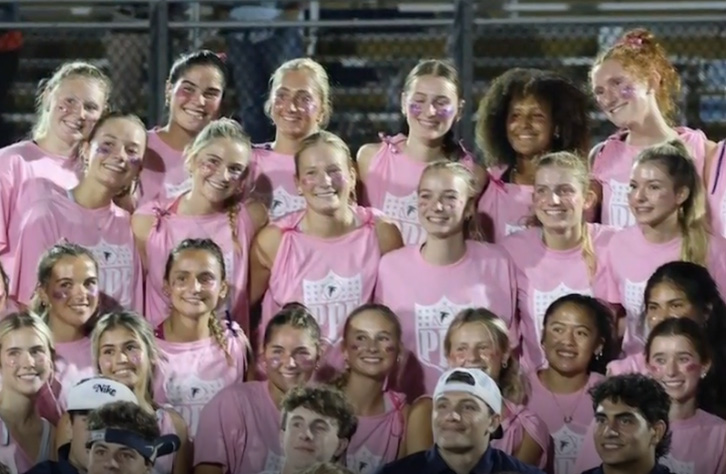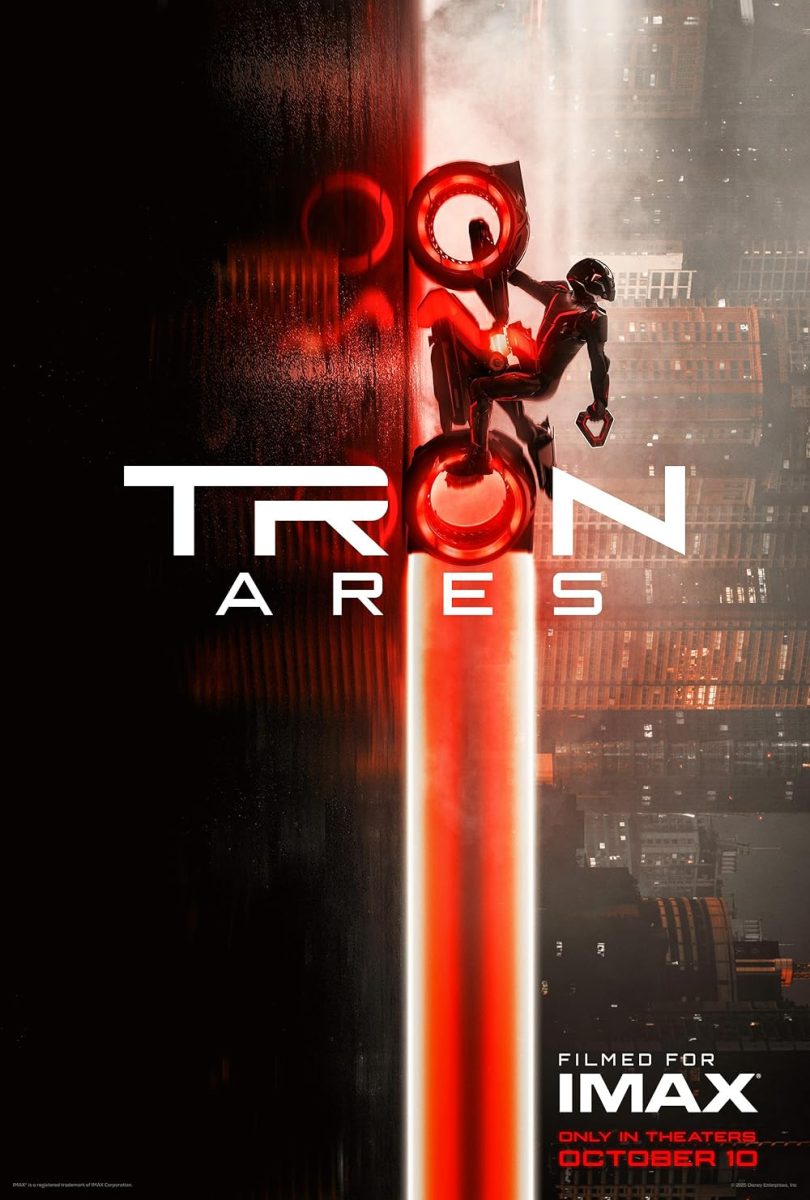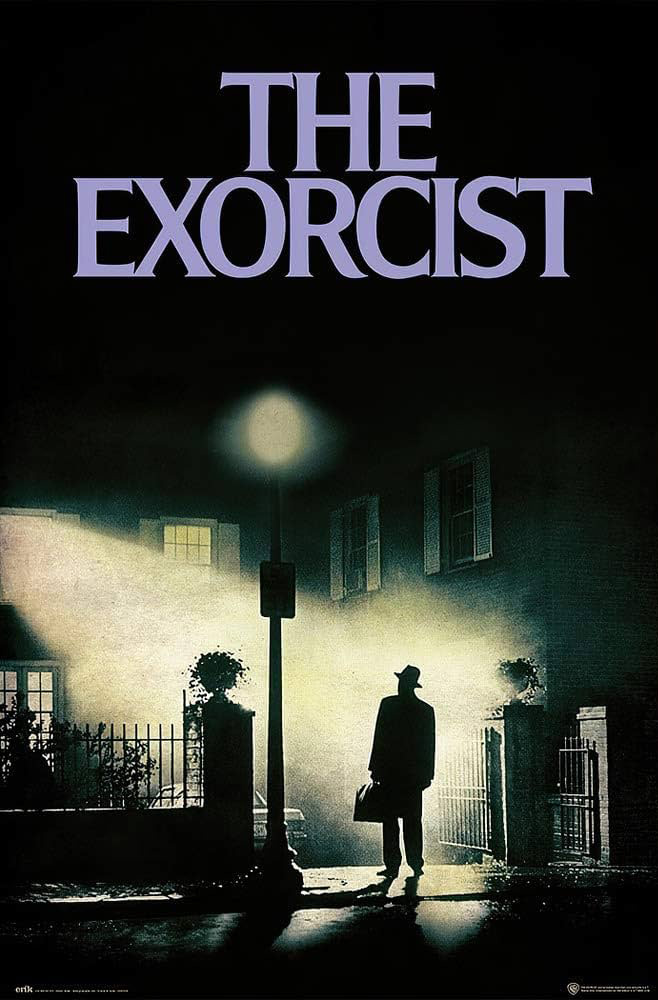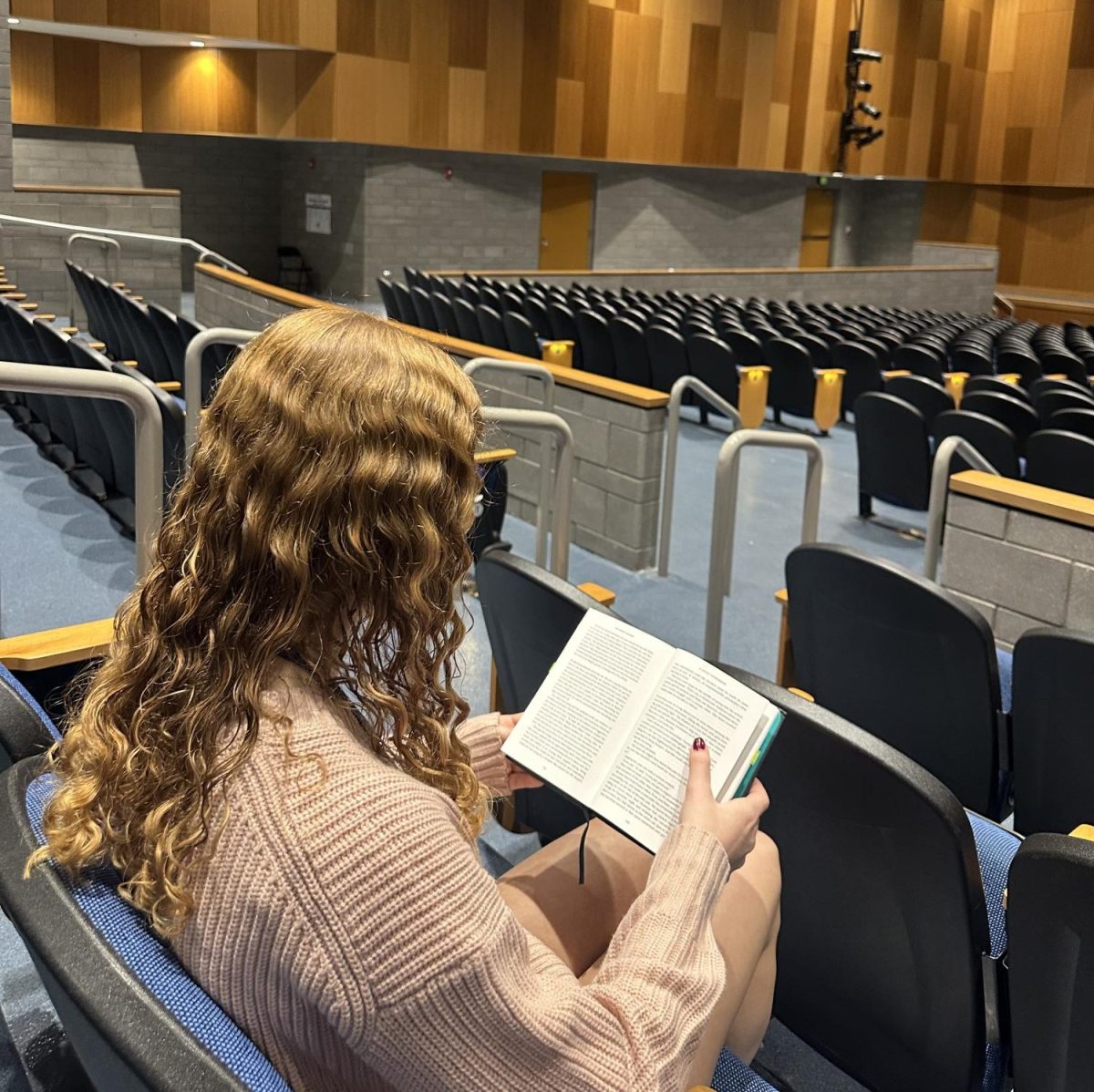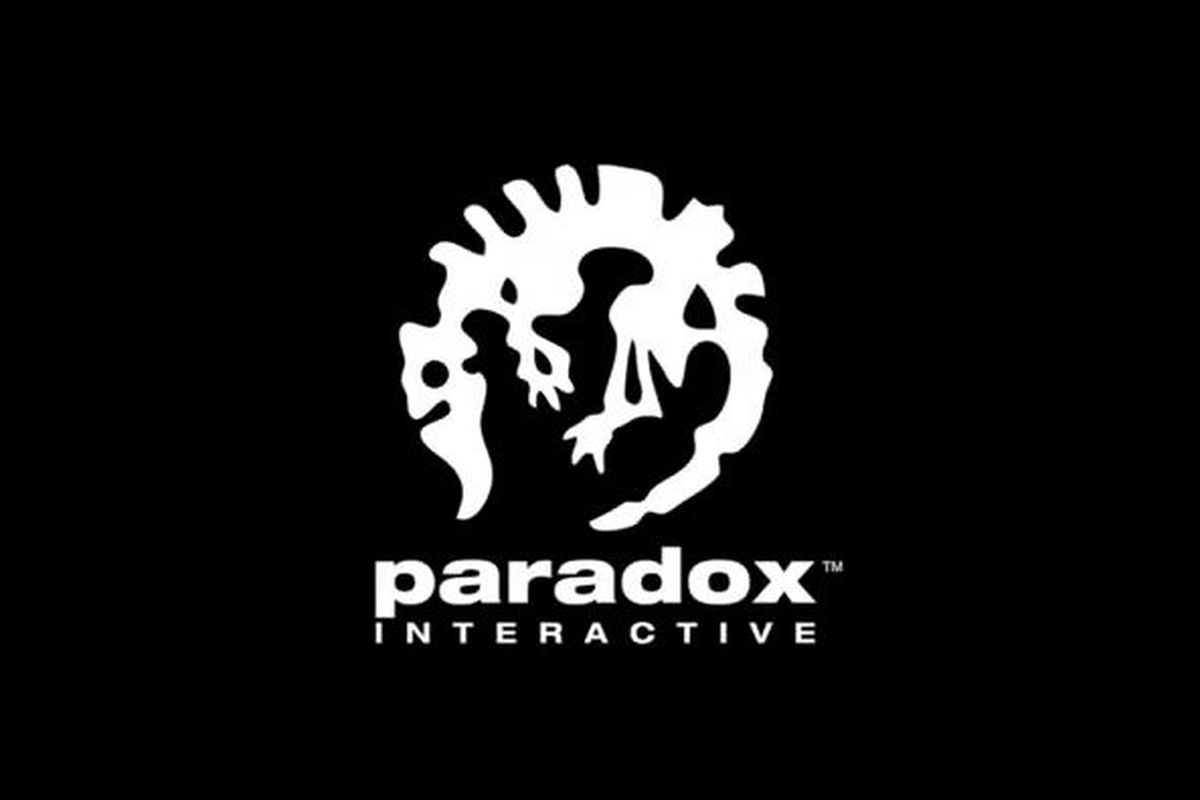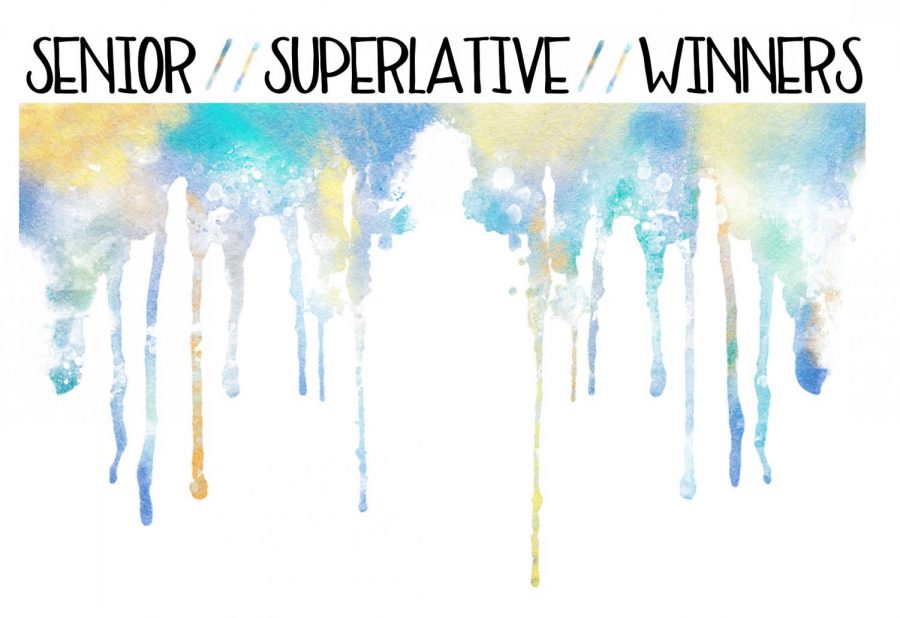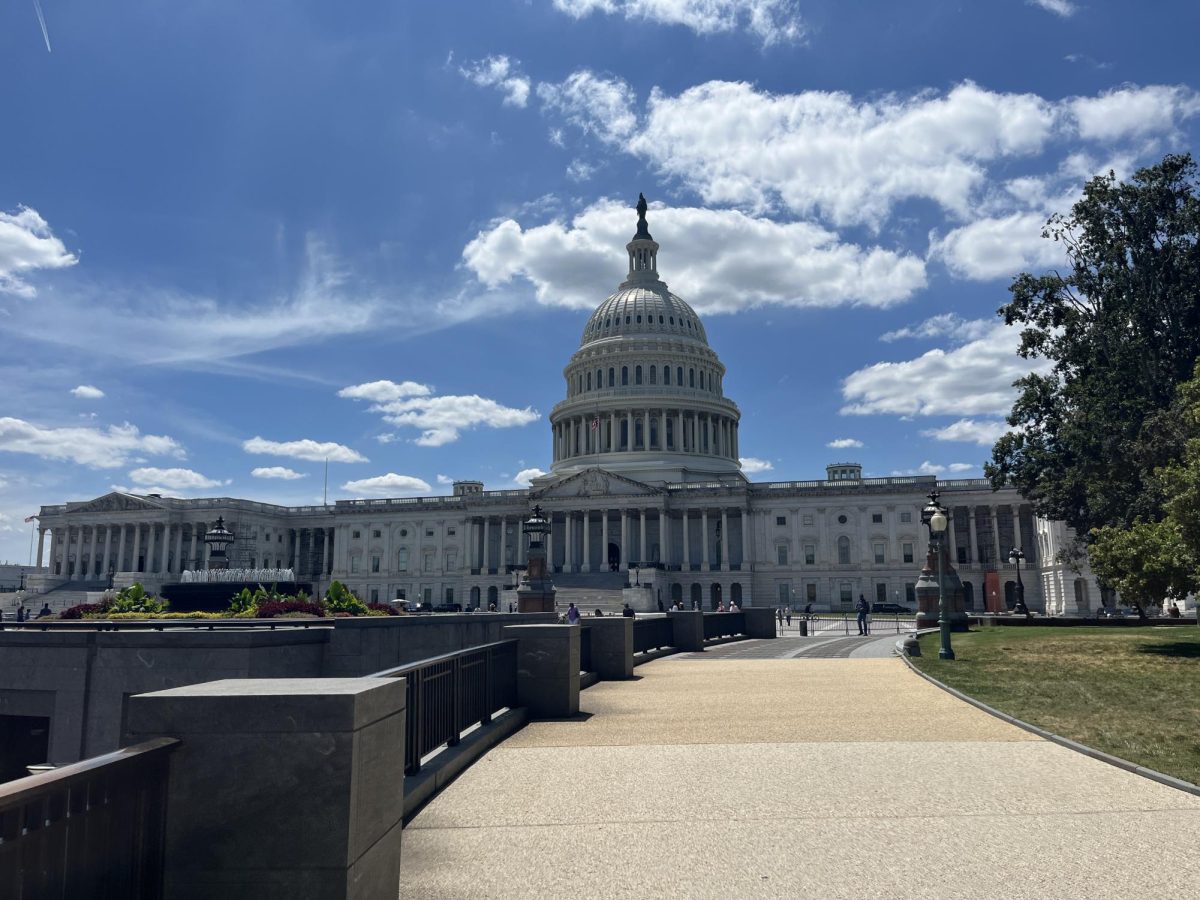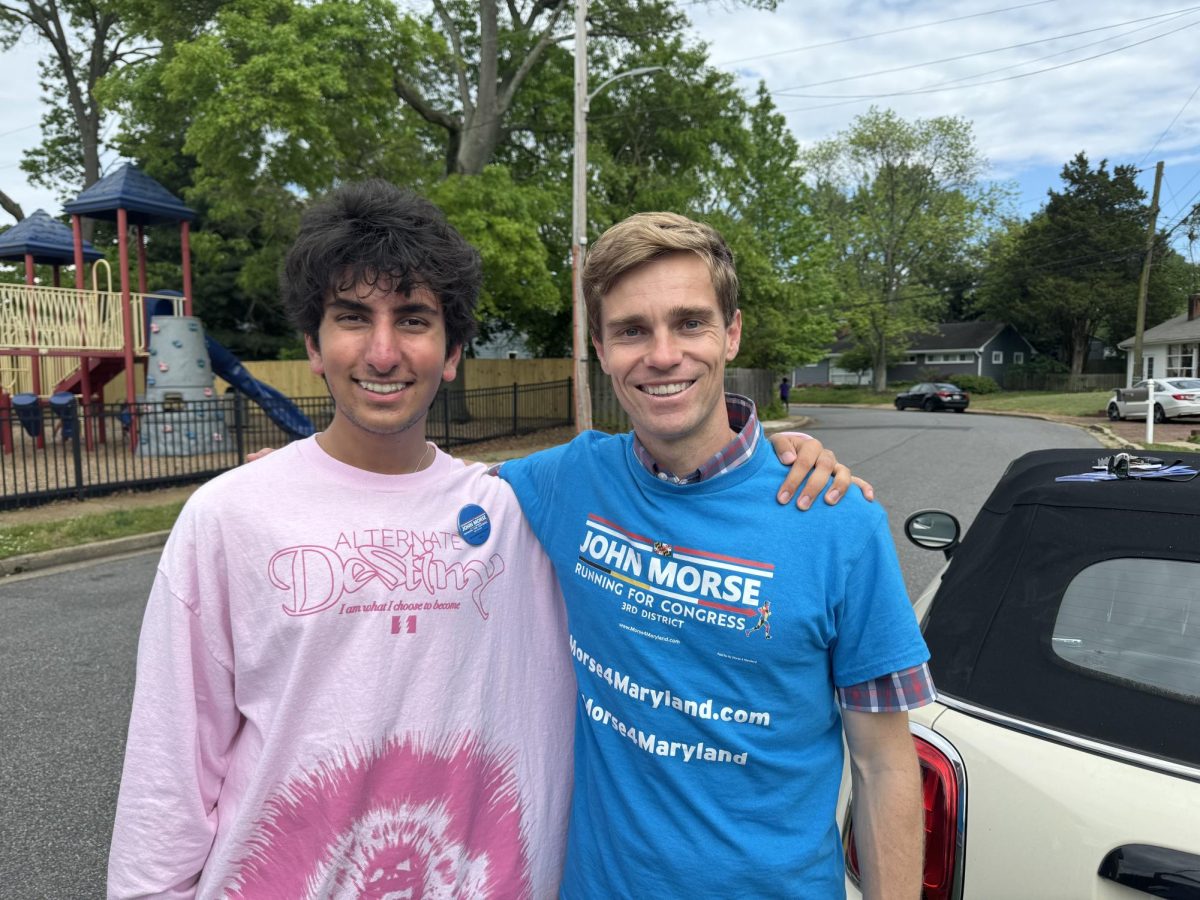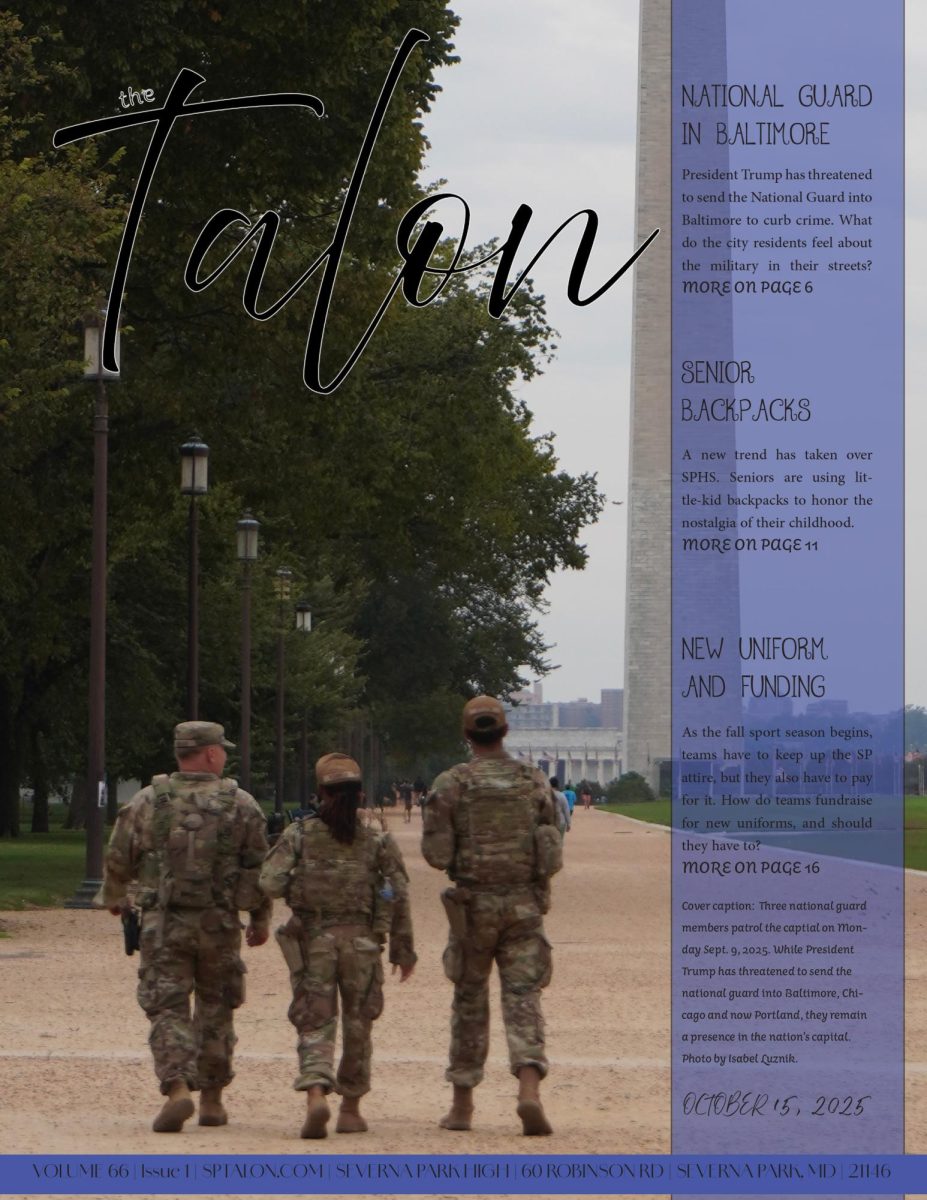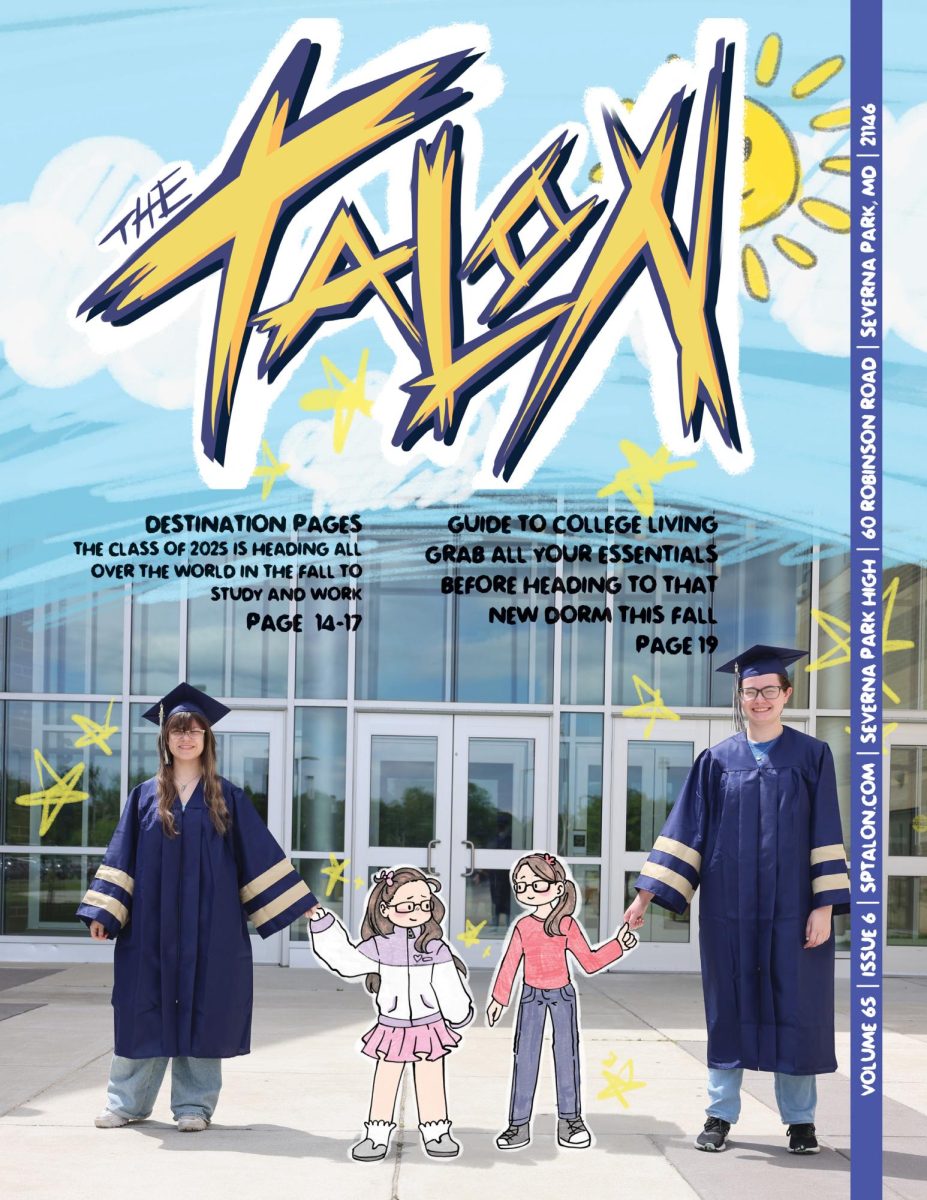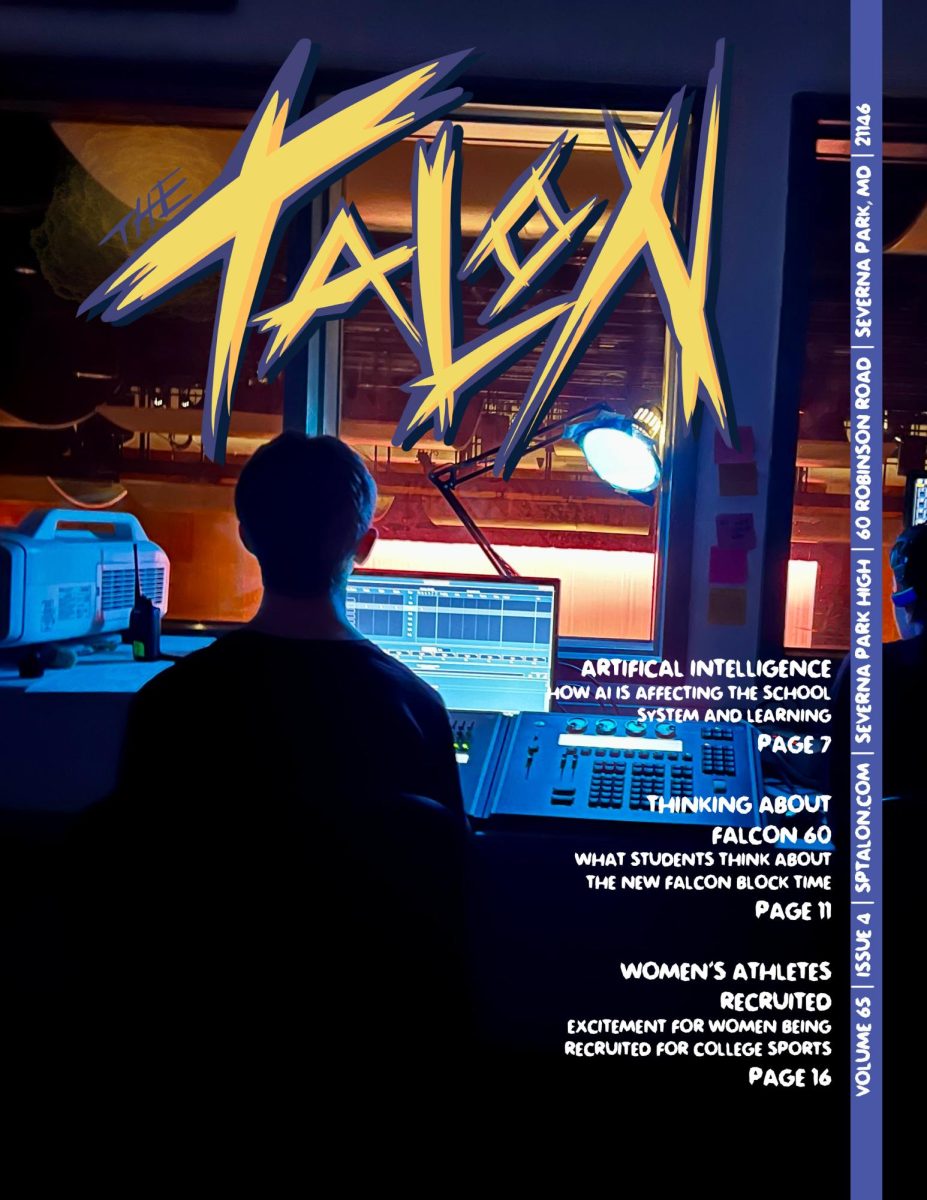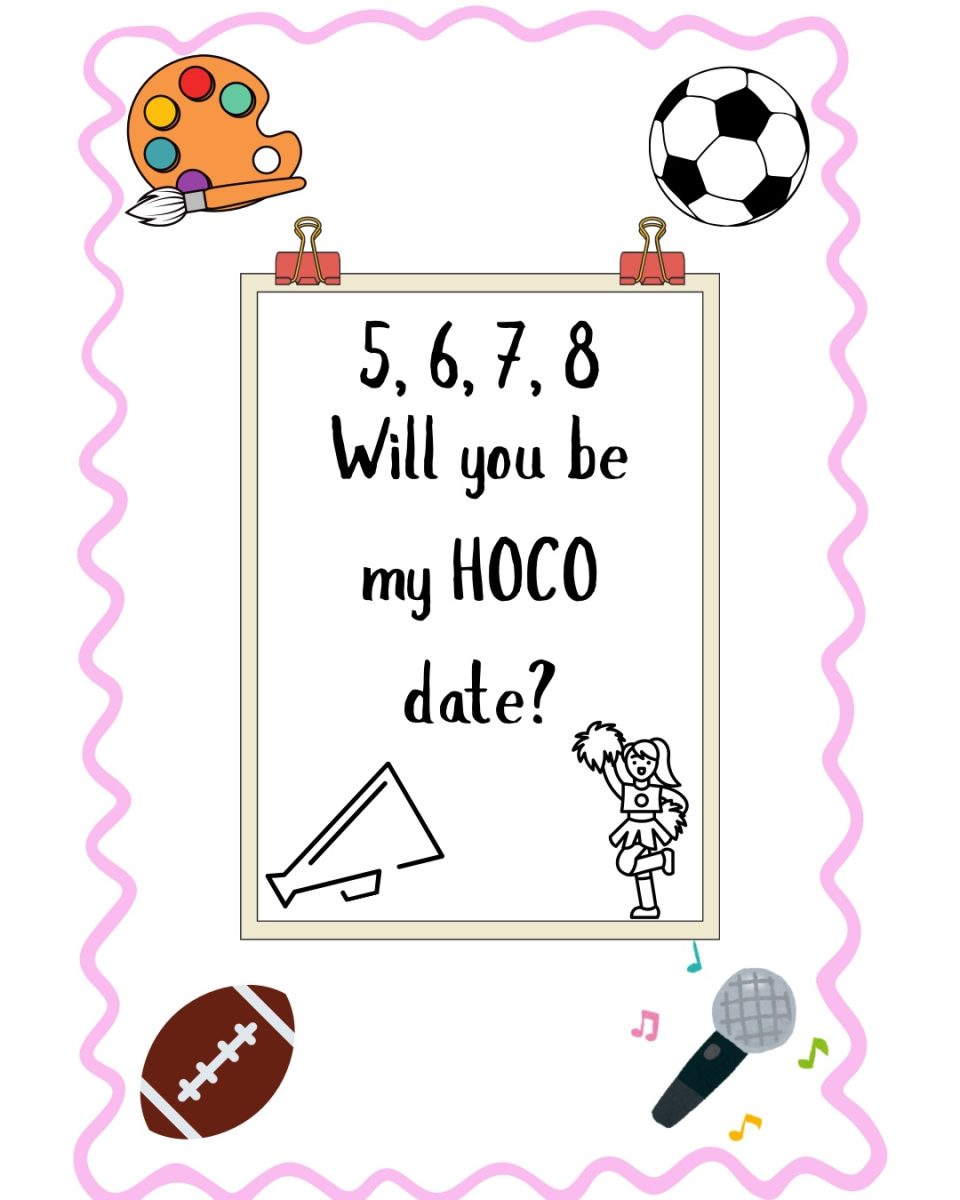October, a month that has become synonymous with horror films, leaves much of the history for these movies unknown to the majority of watchers, despite the significant impact on culture from the terror they’ve induced on generations of audiences.
To start off talking about scary movies, it’s essential to ask why people enjoy them in the first place. A major goal of these particular film makers is to invoke terror within the audience, to present the creepy and uncanny to get a reaction. A more official explanation stems from Johns Hopkins University in their article “Why do we enjoy horror? Science explains” saying watching these kinds of movies can lead to, “to both negative feelings, such as fear or anxiety, and positive feelings, such as excitement or joy. And we tend to feel the most positive emotions when something makes us feel the most negative ones.” This psychological release after watching a horror movie can be similarly acquainted to that of an adrenaline rush while at the same time you are removed from the actual danger of the situation. But that’s not all people are interested in while watching.
Some horror film fans look for more depth than found in a basic slasher, they recognize these movies can invoke a deeper meaning in the viewer. English teacher and former Honors Film and Writing instructor Brigid Harrinton said, “I love Get Out and things like that kind of offer up sort of criticism, you know, of the aspects of society, but through this like exaggerated horror lens.” It’s true films like “Get Out” are able to separate themselves from typical horror in this sense with their ability to explore more complex themes with a focus on artistic presentation and emotional depth, these are referred to as a sub-genre of “elevated horror” or “art horror,” terms film critics sometimes use.
Other films build their reputation from the visceral reaction they can produce from audiences, leading them to become landmark horror movies in their own right for the impact they’ve had on both the genre and culture. “I think horror movies are able to get their responses from viewers because they show the unexpected, at least in modern horror,” senior Payton Gerwig said. William Friedkin’s 1973, “The Exorcist,” is a perfect example of this practice. The film, loosely based on real events, follows the demonic possession of a young girl whose mother seeks the help of two Catholic priests to try and save her by performing an exorcism, portraying it in a brutally realistic fashion widely uncharacteristic of mainstream movies for the time. The film upon release immediately gained notoriety for the reported reaction from audience members, including fainting, vomiting and storming out of theatres. The film’s notoriety only grew as news outlets continued to report on it in a media circus, launching the film to the highest grossing R rated movie of all time, a record it would hold for 44 years until 2017 where it was overtaken by another horror film, “It.” Many viewers were primarily off put by the graphic nature of the film, with the young girl, Regan, having her body deteriorate and contort in unnatural ways as the possession worsened. Ironically though, one of the most disturbing scenes wasn’t related at all to the actual exorcism. William Peter Blatty, author of the book that inspired the film, during an interview for the Austin Chronicle article “The Horror, the Horror” blames an angiography scene where Regan’s undergoing medical testing, for being a major cause of audience discomfort. He said, “[The fainting] was because of that shot of the arterial blood spurting out of Regan’s neck in the hospital. I don’t even watch that scene – I look away too.” This film is still held as one of the most eerie films to have ever been produced, pushing the boundaries for what can and cannot be depicted on the screen. But that is something all great horror films strive to do, and it’ll keep drawing audiences in for the perceivable future because of it.


